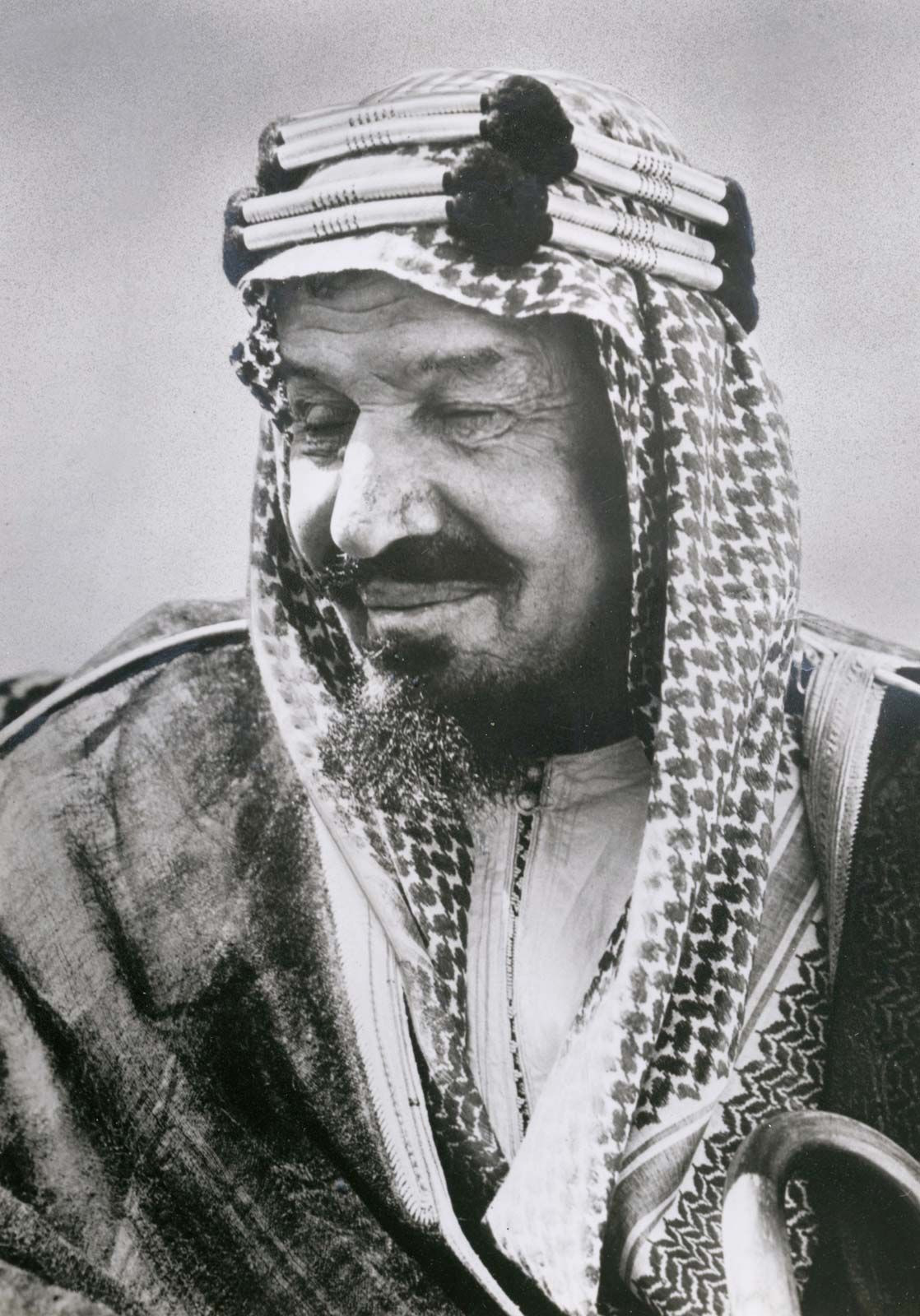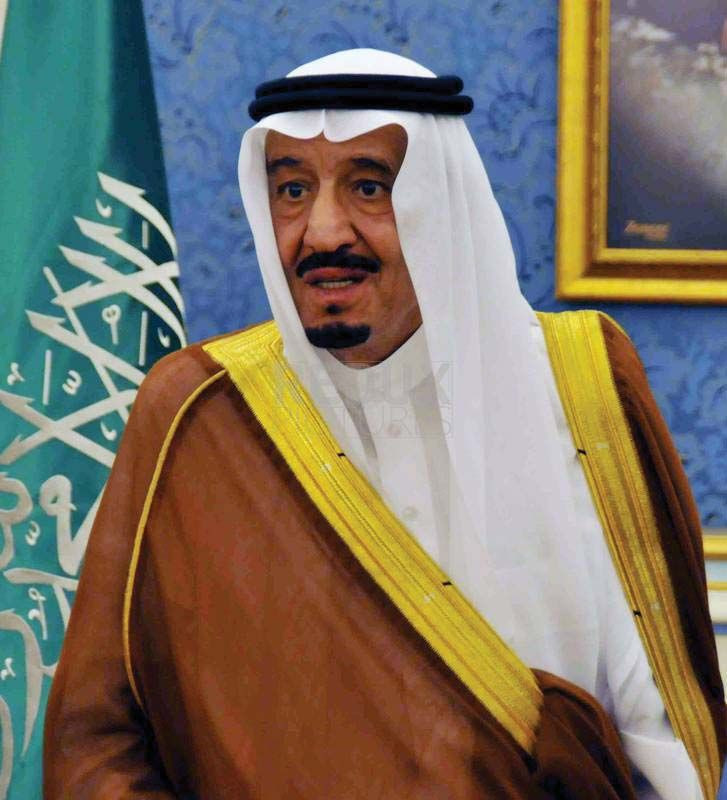 King Abdulaziz Ibn Saud, founder of the modern Saudi Arabia and the Saud royal family
King Abdulaziz Ibn Saud, founder of the modern Saudi Arabia and the Saud royal family
The Saud Royal Family, also known as Al Saud (Arabic: آل سعود), has been the ruling dynasty of Saudi Arabia since the founding of the kingdom in 1932. Their history, deeply intertwined with the religious and political landscape of the Arabian Peninsula, stretches back to the 18th century. Originating from central Arabia, the Al Saud family rose to prominence through a strategic alliance and military campaigns, eventually establishing the modern Saudi state. This article delves into the fascinating history of the Saud dynasty, tracing their ascent to power and their enduring legacy as rulers of one of the world’s most influential nations.
The First Saudi State: Foundation and Expansion
The story of the Saud royal family begins in 1744 with Muhammad ibn Saud, who was then the ruler of Al-Dir’iyyah, a town near present-day Riyadh. Crucially, this period marked a turning point when Muhammad ibn Saud forged an alliance with Muhammad ibn Abd al-Wahhab, a religious reformer advocating a puritanical form of Islam based on the early practices of Islam (salaf). Expelled from his own town of Uyaynah, Ibn Abd al-Wahhab found refuge and support in Al-Dir’iyyah under Ibn Saud’s protection.
This alliance was not merely political; it was a powerful ideological partnership. Ibn Abd al-Wahhab’s religious movement provided the Saud family with a unifying ideology and justification for expansion. The fervor of al-Wahhab’s followers, combined with the political and military acumen of Muhammad ibn Saud, propelled Al-Dir’iyyah’s growth and influence. Under Muhammad ibn Saud and his son Abdulaziz I (reigned 1765–1803), the first Saudi state embarked on a period of significant territorial expansion across Arabia.
This expansion continued under Saud I (reigned 1803–14), who achieved a major milestone by conquering the holy cities of Mecca and Medina in the early 19th century. This control over the holiest sites in Islam significantly boosted the prestige and influence of the Saud royal family throughout the Muslim world. However, this first Saudi state eventually met its demise at the hands of external forces. Ibrahim Pasha of Egypt, acting on behalf of the Ottoman Empire, intervened, leading forces into central Arabia. Al-Dir’iyyah was razed, and Abdullah I, the fourth Saudi emir, was captured and executed in Constantinople, bringing an end to the first Saudi state.
The Second Saudi State: Re-establishment and Internal Strife
Despite the collapse of the first state, the salafi movement (also known as Wahhabism) and its alliance with the Saud dynasty remained resilient. The second Saudi state emerged in 1824, reconstituted by Turki (reigned 1823–34), a grandson of Muhammad ibn Saud. Riyadh became the center of this renewed Saudi power.
However, the second Saudi state was marked by internal instability. Succession disputes following the death of Turki’s son, Faisal I (reigned 1834–38 and 1843–65), led to civil war among his sons. Taking advantage of this internal conflict, Muhammad ibn Abdullah al-Rashid (Ibn Rashid), a rival leader from the Shammar tribe, seized the opportunity to expand his power. In 1891, Ibn Rashid’s forces decisively defeated the Saudis at the Battle of Al-Mulaydah. Abdulrahman (reigned 1889–91), Faisal’s last surviving son and the ruler of Riyadh at the time, was forced into exile in Kuwait, seemingly ending the Saud royal family’s rule once again.
The Third Saudi State and the Kingdom of Saudi Arabia: Unification and Modern Era
The story of the Saud royal family took another dramatic turn with Abdulrahman’s son, Abdulaziz II, better known as Ibn Saud (reigned 1902–53). In 1901, Ibn Saud, with a small band of followers, embarked on a daring mission to reclaim his family’s heritage. On January 15, 1902, he successfully recaptured Riyadh in a surprise attack, killing the Rashidi governor. This marked the birth of the third Saudi state and the beginning of Ibn Saud’s remarkable rise to power.
The early years of the third Saudi state were characterized by intermittent warfare as Ibn Saud consolidated his control over the region. A key factor in his success was the formation of the Ikhwan in 1912, a religious and military brotherhood. The Ikhwan provided Ibn Saud with a formidable fighting force, instrumental in expanding his rule beyond Najd and across the Arabian Peninsula.
By 1924, the Ikhwan captured Mecca, and by 1925, Medina and Jeddah also surrendered to Saudi forces. On January 8, 1926, Ibn Saud, already the Sultan of Najd, was proclaimed King of Hejaz in the Great Mosque of Mecca. Finally, on September 23, 1932, a royal decree formally united the kingdoms of Najd and Hejaz, establishing the Kingdom of Saudi Arabia, with Ibn Saud as its first monarch.
 King Salman of Saudi Arabia, current ruler from the Saud royal family, and his designated successor Mohammed bin Salman
King Salman of Saudi Arabia, current ruler from the Saud royal family, and his designated successor Mohammed bin Salman
Following Ibn Saud’s death in 1953, the kingdom has been ruled by his sons, ensuring the continuity of the Saud royal family’s reign. These kings include Saud III (reigned 1953–64), Faisal (reigned 1964–75), Khalid (reigned 1975–82), Fahd (reigned 1982–2005), Abdullah (reigned 2005–15), and Salman (reigned 2015–present). Looking to the future, Mohammed bin Salman, designated Crown Prince in 2017, is positioned to become the first of Ibn Saud’s grandsons to ascend to the throne, marking a new generation of leadership for the Saud royal family and the Kingdom of Saudi Arabia.
This historical overview illustrates the resilience, strategic alliances, and transformative leadership that have defined the Saud royal family. From their humble beginnings in Al-Dir’iyyah to ruling a modern, globally significant nation, the Al Saud family’s story is a compelling narrative of state-building and enduring power in the Middle East.

